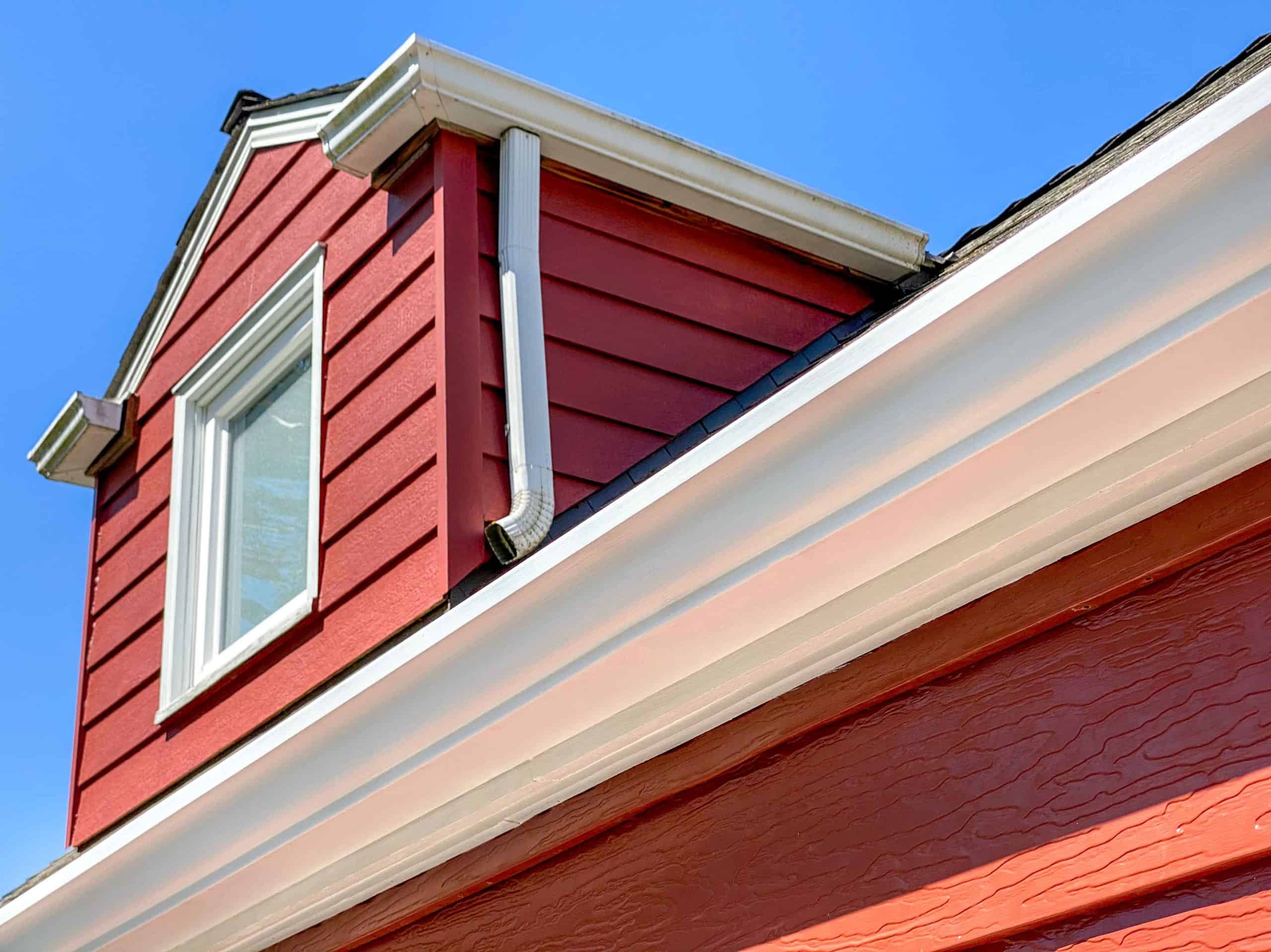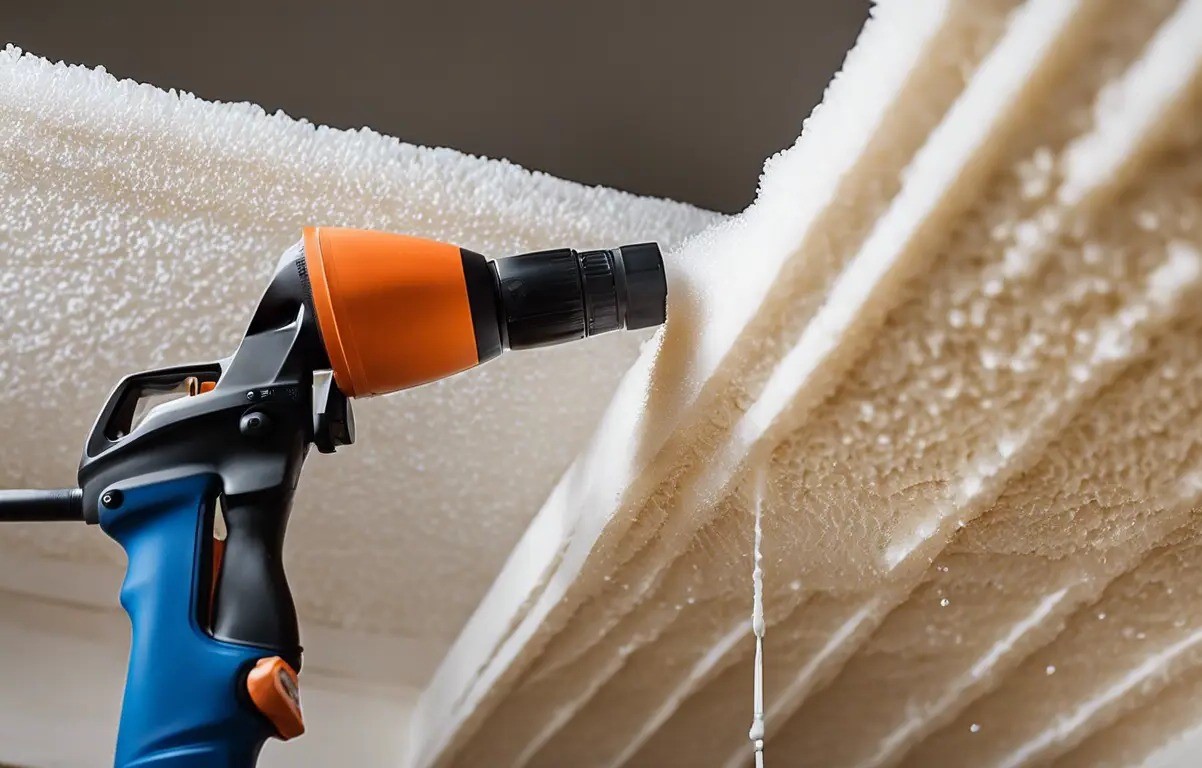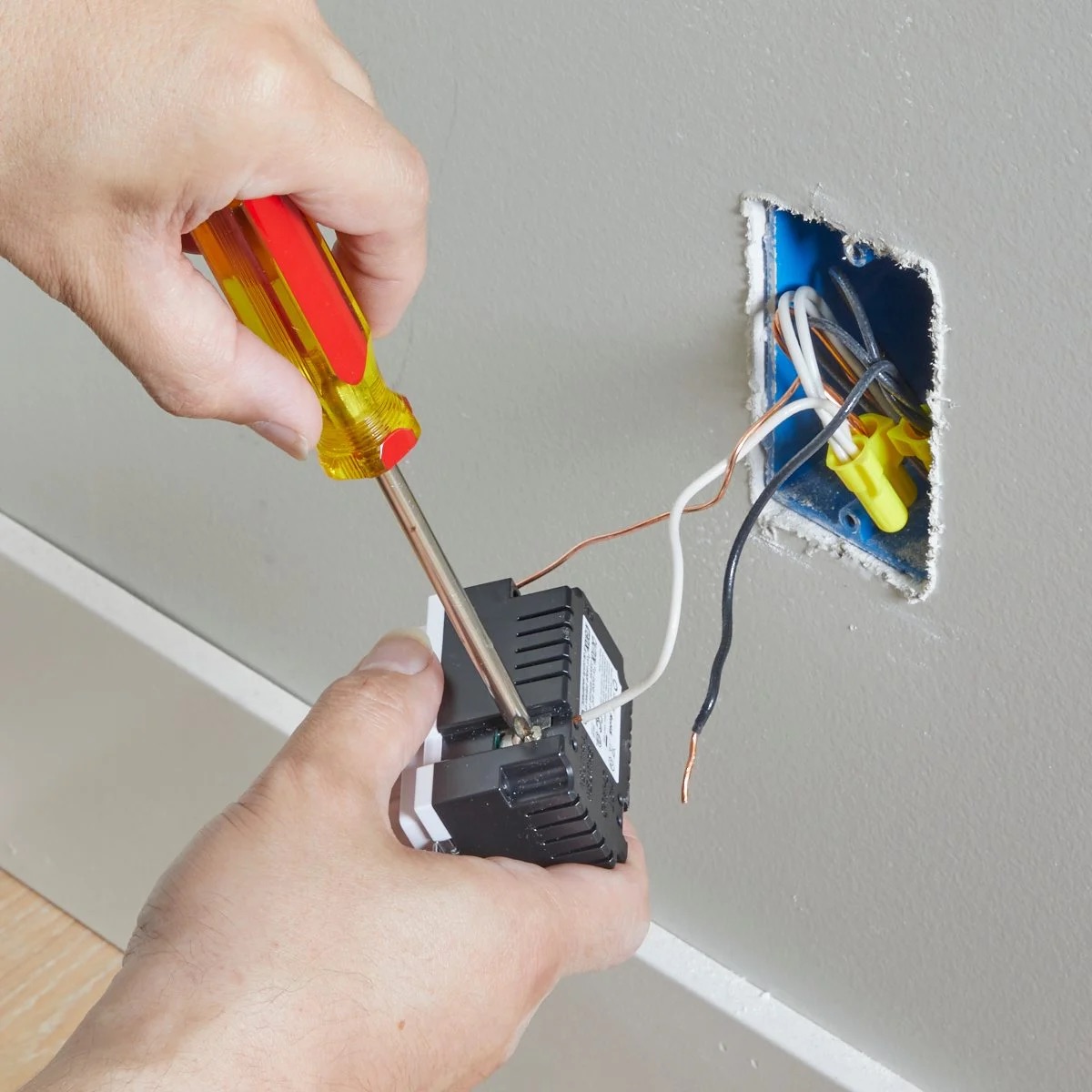Home>Articles>The DIY Homeowner’s Guide to Maximizing Your Home Equity


Articles
The DIY Homeowner’s Guide to Maximizing Your Home Equity
Published: September 24, 2024
Learn how to maximize your home equity with this DIY guide, featuring tips on smart renovations, energy efficiency, and maintaining property value.
(Many of the links in this article redirect to a specific reviewed product. Your purchase of these products through affiliate links helps to generate commission for Storables.com, at no extra cost. Learn more)
Homeownership offers more than just a place to live—it also provides a valuable financial asset: home equity. For DIY homeowners looking to finance renovations and upgrades, leveraging home equity can be a smart strategy to secure favorable financing terms. In this guide, we’ll walk you through the essential steps to maximize your home equity, from understanding the difference between a Home Equity Line of Credit (HELOC) and a home equity loan to exploring innovative equity-based products. By the end, you’ll be equipped with the knowledge to make informed decisions that align with your financial goals and be able to apply for a HELOC.
Step 1: Understanding Home Equity
Before diving into the different ways to use home equity, it’s crucial to understand what home equity is and how it works.
- Definition of Home Equity: Home equity is the difference between your home’s current market value and the outstanding balance on your mortgage. As you pay down your mortgage or as the value of your home increases, your equity grows.
- Importance of Home Equity: It acts as a financial resource that you can borrow against for major expenses like home renovations, consolidating debt, or even funding education. Maximizing your home equity means you have more options and flexibility when it comes to financing.
Step 2: Assessing Your Financial Situation
Before deciding to tap into your home equity, assess your current financial standing and future goals.
- Credit Score Review: Lenders often consider your credit score when determining loan terms. A higher credit score can lead to better rates.
- Debt-to-Income Ratio (DTI): Calculate your DTI by dividing your total monthly debt payments by your gross monthly income. A lower DTI can improve your chances of securing favorable terms.
- Future Financial Goals: Consider how tapping into your home equity fits into your broader financial plan. Are you planning a major renovation that will increase your home’s value, or are you looking to consolidate higher-interest debt?
Step 3: Choosing Between HELOC and Home Equity Loans
Two of the most common ways to access home equity are through a Home Equity Line of Credit (HELOC) or a home equity loan. Understanding the differences is key to choosing the right option for your needs.
- Home Equity Loan: A home equity loan provides a lump sum of money with a fixed interest rate and repayment schedule. It’s ideal for homeowners who have a specific, one-time expense, like a major home renovation.
- Home Equity Line of Credit (HELOC): A HELOC functions more like a credit card. You’re given a line of credit that you can draw from as needed, with a variable interest rate. It’s perfect for projects where you’ll have multiple expenses over time.
- Key Considerations:
- Interest Rates: Fixed vs. variable
- Repayment Terms: Lump sum vs. revolving credit
- Flexibility Needs: One-time expense vs. ongoing costs
Step 4: Exploring New Equity-Based Products
Beyond traditional options like HELOCs and home equity loans, new equity-based products are emerging that offer more flexibility and innovative financing solutions.
- Shared Equity Agreements: In this arrangement, a company provides you with cash in exchange for a share of your home’s future appreciation. There are no monthly payments or interest rates, making it an attractive option for those with irregular income streams.
- Equity Release Products: These products allow homeowners to access the value tied up in their property without the need for traditional borrowing. This can be particularly useful for older homeowners looking to supplement their retirement income.
Step 5: Applying for Your Chosen Equity Option
Once you’ve selected the best option for your needs, the next step is applying. Here’s a general outline of the process:
- Gather Documentation: You’ll need documents such as proof of income, tax returns, and details about your mortgage.
- Shop Around for Lenders: Compare rates and terms from multiple lenders to ensure you’re getting the best deal.
- Submit Your Application: Once you’ve chosen a lender, submit your application and await approval. Be prepared for an appraisal of your home, as this will impact the amount of equity you can access.
Step 6: Maximizing the Impact of Your Renovations
To get the most out of your investment, focus on renovations that offer the highest return on investment (ROI). Some of the best home improvements for boosting home equity include:
- Kitchen Remodels: Modernizing your kitchen can yield a high ROI, as it’s often a focal point for buyers.
- Bathroom Upgrades: Updating bathrooms with new fixtures, tiles, and energy-efficient options can significantly enhance your home’s value.
- Energy-Efficient Improvements: Installing energy-efficient windows, insulation, or solar panels can lower your utility costs and attract eco-conscious buyers.
Step 7: Monitoring Your Equity and Loan Terms
After accessing your home equity, it’s important to regularly monitor both your remaining equity and the terms of your loan or line of credit.
- Track Market Changes: Keep an eye on your home’s market value to understand how much equity you have.
- Stay on Top of Payments: Ensure you make timely payments on your loan or HELOC to avoid penalties and maintain your financial health.
- Consider Refinancing: If interest rates drop, consider refinancing to a lower rate to save money over the life of the loan.
Maximizing your home equity is a powerful strategy for DIY homeowners looking to fund renovations and home improvements. By understanding the various options available—from HELOCs to innovative equity-based products—you can choose the financing solution that best aligns with your needs and financial goals.
With careful planning and smart decision-making, you can turn your home into an even greater asset, both now and in the future.
Was this page helpful?
At Storables.com, we guarantee accurate and reliable information. Our content, validated by Expert Board Contributors, is crafted following stringent Editorial Policies. We're committed to providing you with well-researched, expert-backed insights for all your informational needs.















0 thoughts on “The DIY Homeowner’s Guide to Maximizing Your Home Equity”